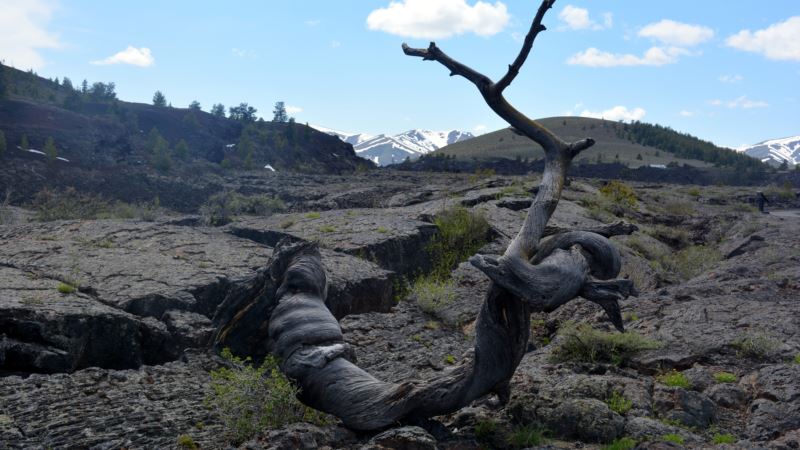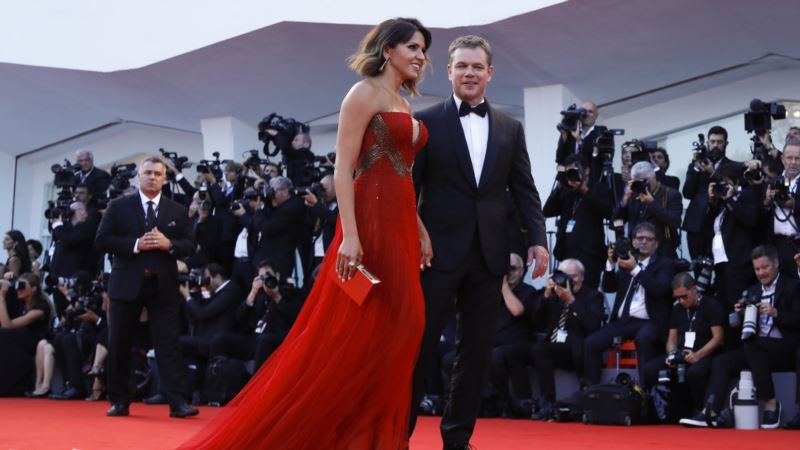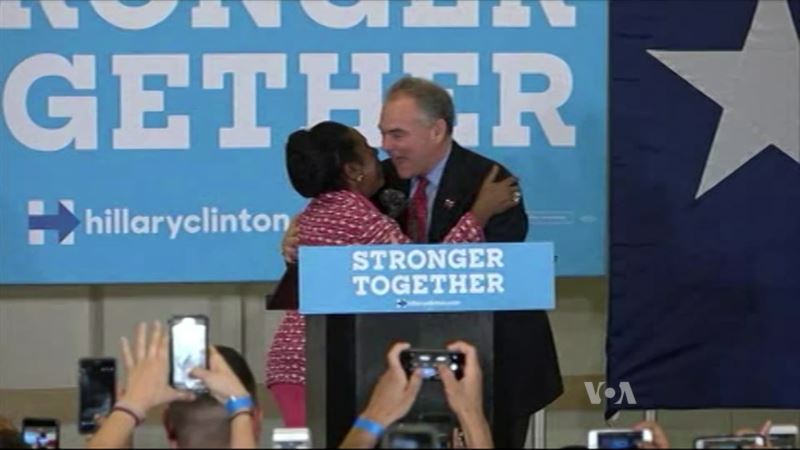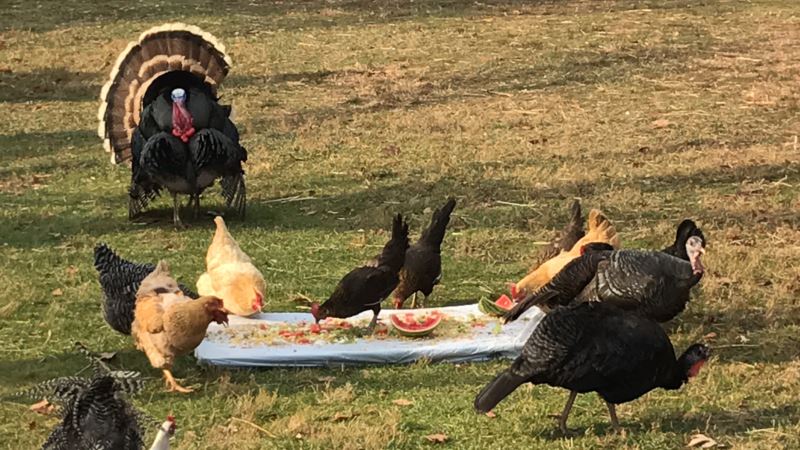Award-winning photographer Carol M. Highsmith has been taking pictures of America for 35 years — everything from small family farms to historic landmarks. And she’s been donating all those photos to the Library of Congress, copyright free. Among the massive collection are hundreds of stunning images of America’s national parks and other cultural and historic sites within the national park system. She’s been traveling the U.S. for more than three decades, taking pictures of the people and places that make America unique. “When I go out across America what do I photograph? Everything! Someone said to me, ‘Well, why would you photograph the Golden Gate Bridge for instance, everybody's taking photographs of it.’ Yes, there will be images of the Golden Gate Bridge that may exist 500 years from now, but the ones that we know will exist in high resolution will be mine at the Library of Congress," said Highsmith. Highsmith is collaborating with the Library of Congress in Washington, the largest library in the world, to capture as many images as she can. "It’s important that we have our beautiful scenes tucked away at a place that knows all about preservation,” she said. Her vast collection, all copyright free, includes many memorable images of America’s national parks. “I've been to most of them, and it's everything from the spectacular and vast Grand Canyon to wintertime scenes of Yellowstone,” said Highsmith. At Yellowstone, America’s first national park, she was mesmerized by the bison. “I would say in all the wildlife images I’ve taken, and I’ve taken a lot, the bison are the best, in a sense that they look like they come from a hundred thousand years ago,” she said. “So you're looking at this vast, gorgeous landscape of Yellowstone, in the winter, in the fall, and the spring, and you're seeing the bison babies, the calves and you just think… will this always be? Highsmith shoots at all hours, in every weather condition, and has even had to face her fear of flying. “So I finally get to Alaska and I'm going to Denali [National Park], and I hire a plane to take me up there and I'm thinking all the way there — I'm thinking ‘how can I get out of this?’ I just say ‘you must do it, so I did it!’ she recalled. “But to photograph it, and then to photograph Ruth Glacier, which is huge, and to know that maybe someday it'll be gone… it was just an experience and a half!” It is that fear, of iconic American landscapes and landmarks one day disappearing, that motivates her. “They say Yellowstone… could just blow up. Will the bison be there in Yellowstone? The Washington Monument. We had an earthquake here in Washington, DC. That whole thing could have just collapsed,” said Highsmith. “So I'm just there to capture it as it looks right now.” Some of her experiences have been especially meaningful. “So I'm at Ford's Theatre 150 years after Lincoln died, right there. And there are reenactors, and there was this man who held a candle and that's how his face was lit… And I thought ‘whoa, you could almost feel like what it must have felt like to be there that night,” said Highsmith. “I also photographed, for instance, the coat that Lincoln wore the night he died, with his blood stains on it. So to be close to these artifacts … It’s just incredible.” Carol Highsmith will be remembered, not only for her work, but for this singular act of generosity that has defined her career. "I'm just glad to be there. I'm glad to have this as my job.”
Renowned Photographer Captures America’s National Treasures






